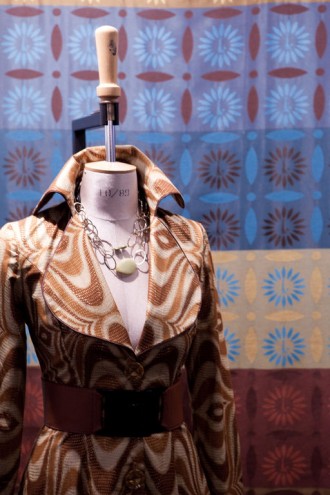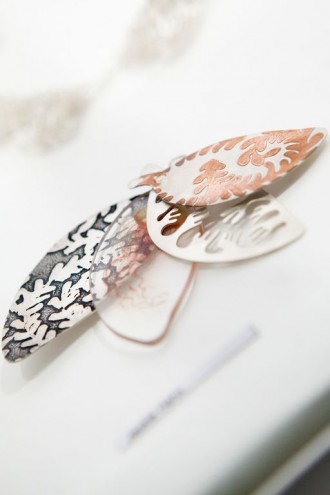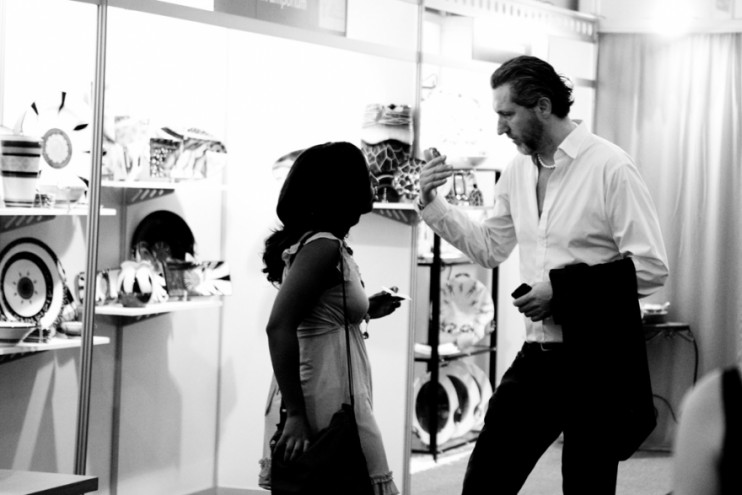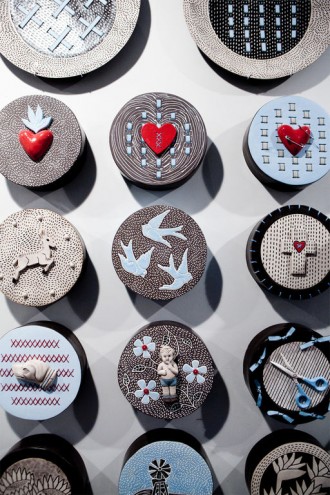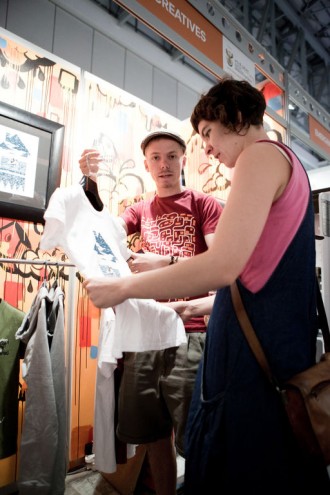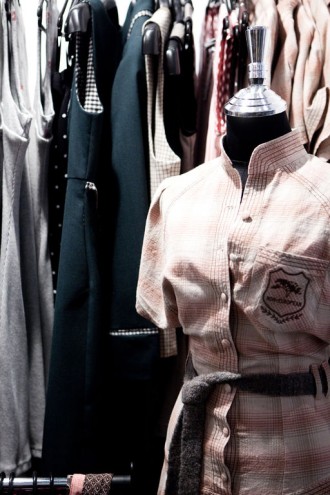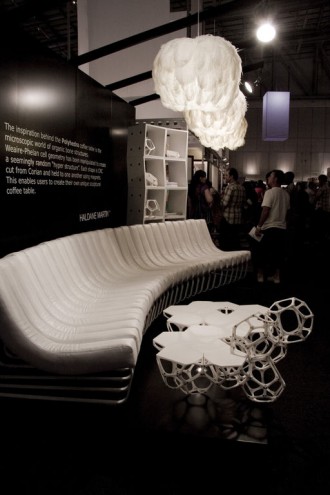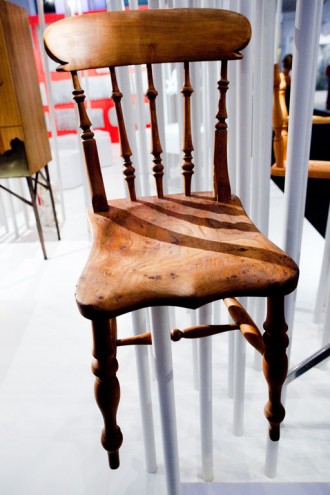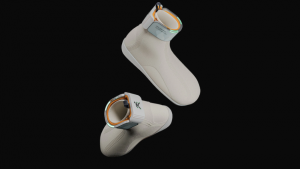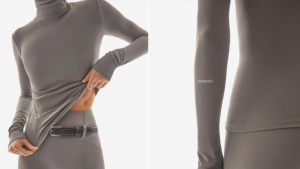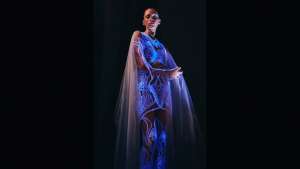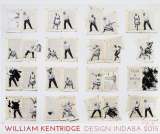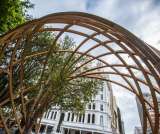In the historic 2010 year, Design Indaba Expo is set to not only grow in visitors, exhibitors, buyers and floor space, but also predicted to drive more revenue.
In 2009 alone, the business impact of the Design Indaba was estimated to be R191.9-million, according to an external economic assessment conducted by the University of Cape Town’s Graduate School of Business. Business orders from Design Indaba Expo exhibitors of R113.1-million make the most significant contribution.
Prepared by Barry Standish, Standish points out that exhibitions and conventions generally generate large turnover through the organisers’ setup and the delegates’ accommodation, travel, meals, souvenirs and consumer durables. However, what distinguishes Design Indaba’s impact is the business-to-business and SMME development that directly contributes to the Western Cape and country’s GDP, going on to impact household income and job creation.
Commercial development through sponsorship also offers sponsors high ROI, according to Dr Kamilla Swart of the University of the Western Cape, who audited the 2009 sponsorship packages. “It is evident that the Design Indaba is a category leader and attracts a targeted, moneyed market – image merchants of the world that invent and dictate trends for consumers at large,” she explains.
Tallying 29 000 visitors, 260 exhibitors and 350 buyers, including more than 160 international buyers, the R191.9-million of 2009 is set to balloon in 2010. Already more exhibitors and more floorspace have been secured, with over 60 new designers and almost 200 pre-registered buyers.
Although exhibitors like to keep their books close to their chest for competitive advantage, individual exhibitor success stories abound. Craft outfits African Allsorts, Design Afrika and The Library, for instance, all reported orders in excess of 100k in 2009 through the event alone. In turn, Sue Kingma from Nuno revealed that they did two months worth of sales and turnover in just three days at the Design Indaba Expo. At the 2008 event, Darkie secured a R1.5-million order through Swiss department store Globus.
Of course, business is not just figures but also reputation, as many of 2009’s Emerging Creatives would attest to. Take Liv product design, which was snapped up by Twiice International as their first in-house South African designers, or Tarien Malherbe who debuted her Non-European label, subsequently cracking the Cape Town Fashion Week nod. Not to mention photographer Chris Saunders who was granted a six-month internship at Fabrica in Italy following his exhibition at the Design Indaba Expo.
One of Design Indaba Expo’s most treasured success stories is of course Andile Dyalvane. Dyalvane first participated in the Emerging Creatives programme in 2005, won the Elle Decoration International Design Award in 2006, launched Imiso Ceramics in 2007, expanded his range to include porcelain and wood-based furniture in 2009, and just a few months ago opened his second showroom in Greenpoint.
Other names that have earned similar levity through their association with Design Indaba include creatives who are fast becoming household names – Heath Nash, Streetwires, Woo-men, Tsai, Casamento, Haldane Martin and Monkeybiz. Not to mention fashion designers, such as Darkie, Stiaan Louw, Black Coffee, Stoned Cherrie and Craig Native who have found a unique international forum through their Design Indaba association.
South African design is clearly hitting its international swing, with many 2009 buyers commenting on the production, quality, diversity and originality. “Innovative, real and inspirational – we love it,” commented Isandi Konsept from Norway, while Tractor Home from Australia said: “I think SA design is quite different to anywhere else, but at the same time can be measured equally with the rest of the world.”
This is not even to mention the snowballing international interest in Africa. Call it the World Cup, call it District 9 or Charlize Theron or Nelson Mandela, call it Moroso’s 2009 Africa-themed exhibit at the Milan Furniture Fair, call it the Big Five… But setting the precedent were nationwide Swiss department store Globus, regular Design Indaba Expo buyers, who dedicated an entire month to African design last year. That was only 2009. This is 2010.

